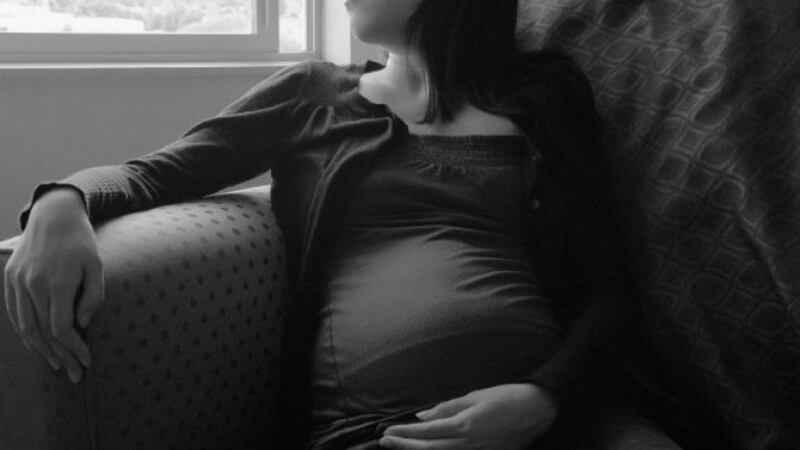New University of Auckland research has found that women who go to sleep on their back in the last three months of pregnancy are almost four times more likely to experience a stillbirth.
The research confirms the findings from an earlier study, which was the first study internationally to identify maternal sleep position in late pregnancy as a risk factor for stillbirth.
In addition, the current study found that the risk of a stillbirth associated with going to sleep on your back was higher in pregnancies after 37 weeks compared to pregnancies between 28 and 36 weeks.
Professor Lesley McCowan says the findings are of particular importance as the risk of stillbirth associated with going to sleep on your back may be preventable with appropriate public health messaging for women in late pregnancy.
At present approximately 160 babies are stillborn in the last three months of pregnancy in New Zealand each year.
"Now that we have confirmed our earlier findings, public health education encouraging women to go to sleep on their side in the last three months of pregnancy needs to be considered. This simple intervention has the potential to reduce late stillbirth by approximately 9 percent," Professor McCowan says, "And could prevent the deaths of approximately 15 unborn babies annually in New Zealand".
"Our findings make sense as lying on the back in late pregnancy is associated with physical effects that can compromise the baby's wellbeing. These include a reduction in the mother's cardiac output (the amount of blood pumped by the heart per minute), a reduced blood flow to the uterus, and lower oxygen levels in the baby".
Sleeping on the back is also related to sleep disturbed breathing (snoring) and obstructive sleep apnea, which have each been associated with pregnancy complications.
"The good news is that the position women go to sleep in can be changed. Since our initial findings were published in 2009, our research shows that there has been a change in going to sleep position in New Zealand women who are now more likely to go to sleep on their side. This change in behaviour has been encouraged by maternity care providers aware of the 2009 study results. There has also been a reduction in late stillbirths in New Zealand during this period. The reasons for this are likely to be several but could include a change in going to sleep position."
Ady Priday, a self-employed community midwife in Counties Manukau, a region with a high stillbirth rate, is pleased to see this research. “I advise pregnant women in my care not to sleep on their backs and explain about the effect on blood flow to their baby. This advice is gratefully received.”
Sands New Zealand, a voluntary, parent-run organisation that supports bereaved parents, also welcomed the research. Rebekah Gray, Board Member of Sands New Zealand, says, “Stillbirth is one of the most traumatic experiences parents can go through. The shock and grief for families cannot be imagined. This news about the potential to reduce stillbirth rates due to a change in sleep position is exciting. If even one more family does not have to be affected by the devastation of a stillbirth, then Sands New Zealand is supportive of these initiatives.”
Professor Ed Mitchell, who had a leadership role in the study, says he hopes this new knowledge about pregnant women’s going to sleep position will have a similar impact on reducing stillbirth as the ‘Back to Sleep’ campaign did for reducing Sudden Infant Death Syndrome (SIDS), which started in the late 1980s following research led by Professor Mitchell.
Professor McCowan says that while some midwives, obstetricians and childbirth educators are already advising pregnant women not to go to sleep on their backs, a more formal campaign would be helpful so that all pregnant women and maternity providers receive consistent advice.

